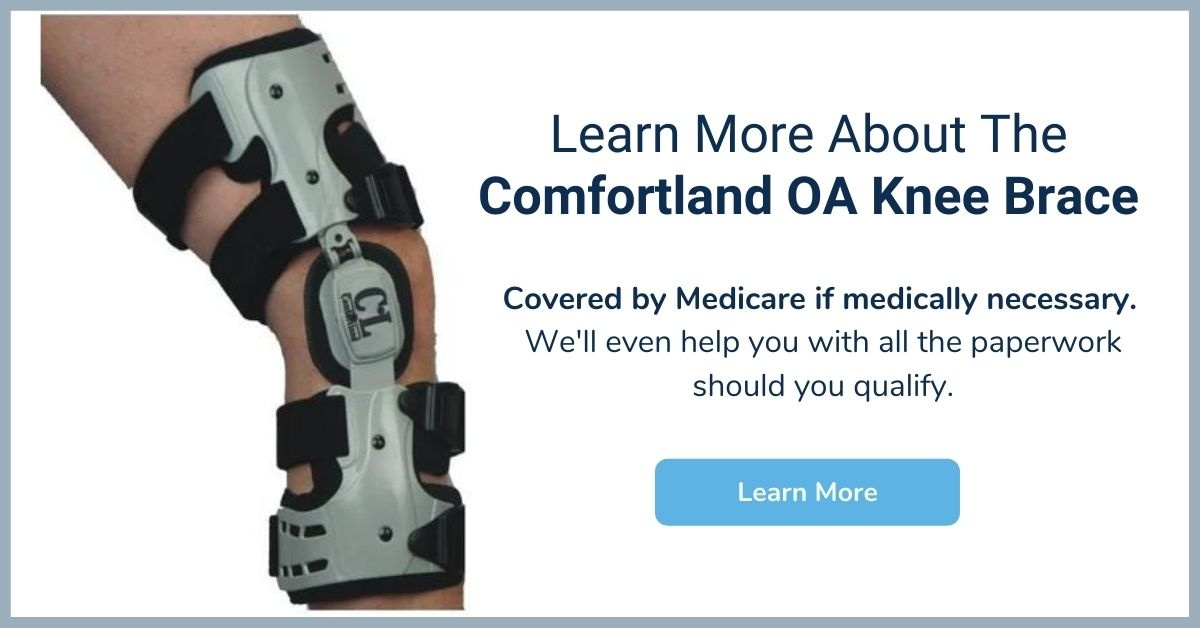Importance of Exercise to Minimize the Progression of Osteoarthritis
Osteoarthritis (OA) is a form of arthritis affecting over 30 million people in the United States. This condition occurs due to degenerative wear and tear of the protective tissue or cartilage that cushions the end of the bones. Basically, any joint is prone to damage by OA.
However, the disorder mainly affects the joints in your knees, hands, spine, and hips. When the cartilage breaks down, the bones within the joint begin to rub against each other, leading to inflammation, stiffness, pain, and other symptoms.
While you can manage OA symptoms, you cannot reverse joint damage. Luckily, you can slow the progression of this disease through regular exercise.
This article explains how exercise can help to reduce the progression of osteoarthritis.
1. Replace Damaged Cells with New Ones
OA causes wear and the breaking down of cartilage which reduces the cushion between joints. According to a study, exercise triggers cartilage autophagy, where the body clears out and recycles old, damaged cells for new ones to take their position. Joint movement during exercise can help rehydrate the joint as well as activating genes linked with cartilage rebuilding.
2. Strengthen Muscles
Body muscles oversee bracing the joints, and absorbing shock as you jog, walk, or do anything that involves impact. That is particularly true of the knee joints, which supports your entire body weight.
Joints affected by osteoarthritis are supported and protected by strong muscles. Therefore, you should consider strengthening exercises to help manage knee osteoarthritis.
3. Lubricate Joints
The synovial membrane is a soft tissue surrounding the joints which releases a fluid that acts as a lubricant. The synovial fluid minimizes friction of articulating joints, thus preventing damage to cartilage and bone. It also prevents the accumulation of inflammatory proteins within the joints that lead to OA.
Exercise and physical activity stimulate the production of synovial fluid. Additionally, the increased flow of nutrient and oxygen-rich blood to the synovial membrane enables your joints to stay lubricated during and between your physical workouts.
4. Relieve Symptoms of Depression and Anxiety
Anxiety and depression symptoms are common in people with OA. The increased anxiety and depression result from mobility limitations and adverse effects resulting from using anti-inflammatory drugs. Exercise is reputed for treating mood and mental health disorders. The psychosocial benefits of exercise in OA are equally important to physiological improvements.
5. Maintains Healthy Body Weight
There is a direct relationship between joint stress and the amount of weight placed on joints during activity. If you weigh less, then fewer joint stresses will exist. One way to manage knee osteoarthritis is by maintaining healthy body weight, thus ensuring no excess stress on your knees. Exercise and physical activity can help to maintain a healthy body weight.
Other Ways to Minimize the Progression of OA
In addition to exercise, a knee brace is another recommended treatment that eases pressure on your knee joints and thus relieves discomfort. Wearing a brace has many benefits, including enhancing stability, reducing swelling, and can make exercise more bearable. However, you need to choose the right brace for you to get the benefits. At Elite Medical Supply, we have OA braces to help you gain comfort.
They include:
OA Knee Brace
This low-profile brace has three points of leverage for minimizing pressure inside the knee joint. It is suitable for patients with mild to moderate knee osteoarthritis.
Aspen OA Knee+
A premium knee brace suitable for patients with moderate to mild OA. The Aspen OA Knee+ has a low-profile design and range of motion adjustable stops that improve patient compliance.
Game Changer OA Knee Brace
This brace provides superior relief for OA pain and treats both lateral and medial knee pain. The single upright hinge design is comfortable, lightweight, and functional.
At Elite Medical Supply, we supply knee, back, and extremity braces for Medicare beneficiaries. We have a highly trained team that closely coordinates with your healthcare provider to supply you with the right brace or pain management solution. We even do all the paperwork on your behalf! Reach out to us with your prescription to see whether you are eligible or to learn more about our products or services.
Written by Elite Medical Supply of NY
Braces and Products Covered by Medicare
Browse ProductsRecent Posts
- Spinal Decompression at Home: What It Is, How It Works, and Whether It’s Right for You
- Manage Osteoarthritis Progression With a Quality Knee Brace
- Product Highlight: Aspen Active™ P-TLSO
- Understanding Radiculopathy: Causes, Symptoms, & Treatment Options
- Alternatives to Back Surgery: What you Should Know
Topics
- Back Braces (39)
- Knee Braces (31)
- Medicare Beneficiaries (31)
- Pain (24)
- Non-Opioid (22)
- Medical Providers (19)
- Lower back pain (11)
- Product Highlight (11)
- Sciatica (11)
- Muscle Spasms (9)
- Decompression (8)
- Lumbago (8)
- Degenerative disc disease (6)
- Lumbar Spinal Stenosis (6)
- Spinal Stenosis (6)
- Working with your doctor (6)
- Fracture healing (5)
- Herniated Nucleus Pulposus (5)
- Bulging or herniated disc (4)
- Quadratus Lumborum Syndrome (4)
- SI Joint (4)
- SI Joint Dysfunction (4)
- Spondylolysis (4)
- Wrist Pain (4)
- Bone Growth Stimulator Therapy (3)
- Bone Growth Stimulators (3)
- Carpal Tunnel Syndrome (3)
- Neuromuscular Electrical Stimulation (NMES) (3)
- Unicompartmental Osteoarthritis (OA) (3)
- Wrist Brace (3)
- wrist tendinitis (3)
- Braces for Golf (2)
- Electrical Stimulation (2)
- Failed Spinal Fusion Syndrome (2)
- Kyphosis (2)
- Lumbar compression fractures (2)
- Radiculopathy (2)
- Spondylolisthesis (2)
- Supine Cervical Traction (2)
- Total Knee Replacement (2)
- Wrist Braces (2)
- Ambulatory Cervical Traction (1)
- Arthritis (1)
- Braces for skiing (1)
- Cervical Traction (1)
- De Quervain Syndrome (1)
- Digital DME Orders (1)
- Knee Brace Accessory (1)
- Knee Suspension Wrap (1)
- Knee brace support for skiing (1)
- Medicare Scam (1)
- Muscle Atrophy (1)
- PCL (1)
- Patellofemoral Pain Syndrome (1)
- TLSO (1)
- Ulnar Tendinitis (1)



